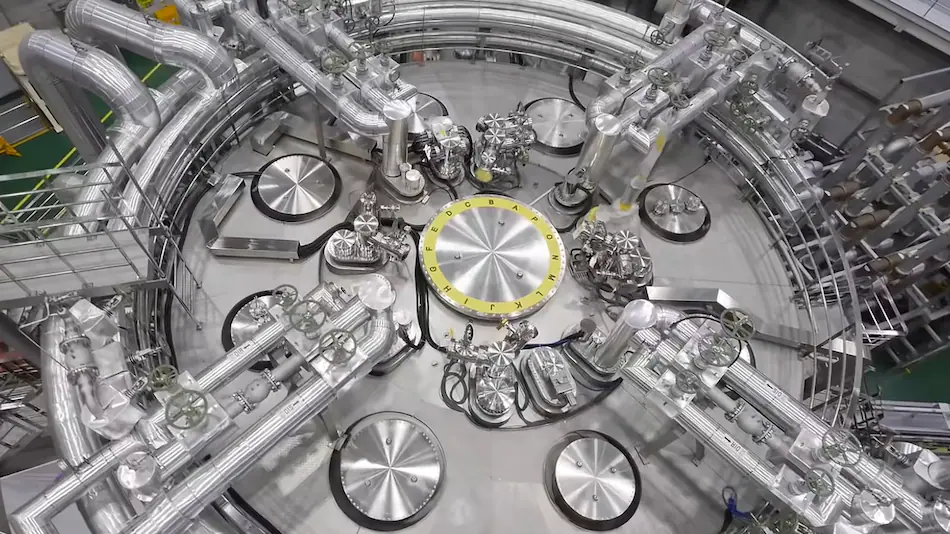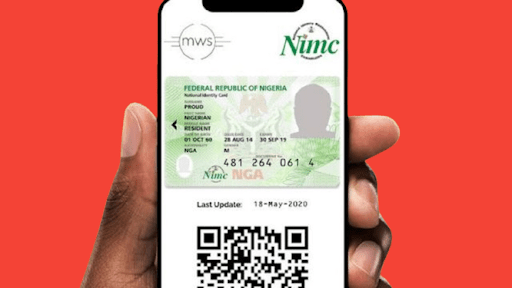How To Survive In The AI Era And Future-Proof Your Career

Artificial intelligence’s ascent is frequently seen as a threat to livelihoods and employment. News reports cry out that human labor will soon be replaced by machines and robots. However, is this concern warranted, or is it simply Luddism resurfacing in the present era?
There is a serious risk. By 2030, AI has the potential to automate up to 30% of all hours currently worked in the U.S. economy. Knowledge workers, who make up half of the US employment, are being increasingly impacted by AI, and the repercussions are significant.
It would be wiser to embrace AI as a powerful tool that can both enhance and elevate your talents rather than completely replace them, and to stop being afraid of it. The people whose professions are genuinely future-proofed are those who understand how to collaborate with AI.
AI’s Potential And Limitations
Understanding what AI currently can and cannot accomplish realistically is crucial before discussing how AI might increase productivity and provide new opportunities. Even though it’s still developing, AI is currently very good at processing and analyzing large amounts of data fast, finding patterns, forecasting the future, and streamlining procedures. It is incredibly adept at jobs like intricate mathematics, picture recognition, and natural language processing.
General intelligence, emotional intelligence, creativity, and higher order reasoning are still areas in which AI falls short. It is not endowed with human intuition, interpersonal abilities, or broad mental flexibility.
The most advanced AI systems are extremely focused and specialized. While they excel in their specialized fields, they frequently collapse in unfamiliar scenarios that deviate from their training set.
Several instances of how AI might be advantageously applied to various occupations and businesses include:
Professionals and Knowledge Workers
Although the professions themselves may change, there will always be a great need for those with the ability to detect, judge, and provide human advice.
- For lawyers, accountants, consultants, business analysts, and other knowledge workers, AI can be an incredible productivity multiplier.
- AI can sift through mountains of data and surface the most relevant insights.
- It can draft documents and contracts with human oversight. It can uncover hidden correlations in financial data and markets.
- Intelligent automation can offload repetitive grunt work, freeing up human brain cycles for higher-order tasks.
- The key is to see AI not as replacing these roles entirely, but as an ultra-capable assistant augmenting human knowledge and expertise. Maintaining the ability to think critically and putting AI outputs in the proper context remains critical.
Creative Professionals
- The notion of AI can seem quite threatening for designers, artists, writers, marketers, and other creatives. How could soulless machines ever match the passion and emotional nuance of human expression?
- Today’s AI will indeed struggle to fully replicate the human creative spark. But AI can prove incredibly useful for rapidly generating ideas, enhancing designs with style transfer, personalizing content at scale, and countless other tasks that empower and accelerate the creative process.
- An architectural designer could use AI to rapidly generate dozens of initial concept renderings based on their rough descriptions.
- An ad creative could have AI instantly generate thousands of campaign tagline options based on the target audience, message, and brand guidelines.
- A graphic designer could use AI tools to apply new styles, color palettes, and effects to existing visuals with a few clicks.
Intelligent creative professionals should embrace AI as the ultimate force multiplier to improve and speed up their creative workflow while bringing a high-level vision and human touch, rather than opposing or fearing it.
Implementers And Problem Solvers
- In fields like science, engineering, operations, and IT, AI is primed to be an incredibly powerful tool.
- AI can run millions of simulations to solve complex optimization problems far beyond human capabilities.
- It can predict machinery failures before they happen by processing sensor data. It can pinpoint inefficient processes and steps ripe for automation.
- Engineers and scientists can leverage AI to explore new design spaces they never would have thought to investigate manually. They can offload tedious calculations and data processing to AI assistants to focus on advancing cutting-edge innovations.
- IT professionals can lean on AI to proactively identify security vulnerabilities and allocate compute resources more efficiently.
These positions won’t vanish overnight. Your key competencies—those that call for creativity, human judgment, and emotional intelligence—are increasing in value. But the people who use AI to increase their abilities and powers will be the ones who succeed.
The Future Is Here to Be Proved
The moment to begin investigating how to use AI, regardless of function or sector, is now, before you fall behind those who have already integrated it into their processes.
Here are a few methods to get started:
Continuous Learning:
- Individuals should embrace lifelong learning, acquiring skills that complement AI technologies, such as data analysis, programming, and critical thinking.
- Be familiar with AI tools and interfaces like Google’s Gemini, Microsoft’s Co-Pilot, ChatGPT from OpenAI, and others for enhanced writing and analysis, and AI art generators like Midjourney or Dall-E for visual content.
- Organizations should invest in upskilling and reskilling initiatives, providing employees with training programs tailored to the demands of an AI-driven world.
Experimentation and Innovation:
- Identify processes and tasks in your role that are repetitive, data-heavy, or require lots of permutations to find the optimal solution. These are ideal candidates for AI assistance.
- Think about how AI could explore entirely new creative concepts and directions never considered before by rapidly investigating novel permutations.
- Experiment with putting together AI workflows to streamline and accelerate inefficient parts of the day. AI may be able to drastically decrease time spent on repetitive and mundane work.
Collaboration:
- Foster a culture of collaboration, where humans and AI work in tandem, leveraging their distinctive strengths to achieve common goals.
- Encourage interdisciplinary teams that combine domain expertise with AI proficiency, promoting innovation and cross-pollination of ideas.
- Urge colleagues, employers, and partners to trial AI pilot programs and safe AI zones rather than resisting change. Offer to spearhead such explorations.
Ethical Frameworks:
- Establish clear ethical guidelines for the development and deployment of AI technologies, ensuring transparency, fairness, and accountability.
- Encourage dialogue and participation in industry-wide discussions on AI ethics and responsible AI practices.
Adaptability:
- Remain agile and adaptable in the face of technological disruptions, utilizing change as an opportunity for growth rather than a threat to stability.
- Encourage a mindset of curiosity and exploration, where everyone is encouraged to explore new technologies and methodologies.
AI offers people and organizations a revolutionary chance to either disrupt or be disrupted. Let’s embrace AI as a potent instrument for development, innovation, and advancement rather than seeing it as a threat to our way of life. We may pursue sustainable success and future-proof our employment by learning and integrating new skills, including AI technologies.







